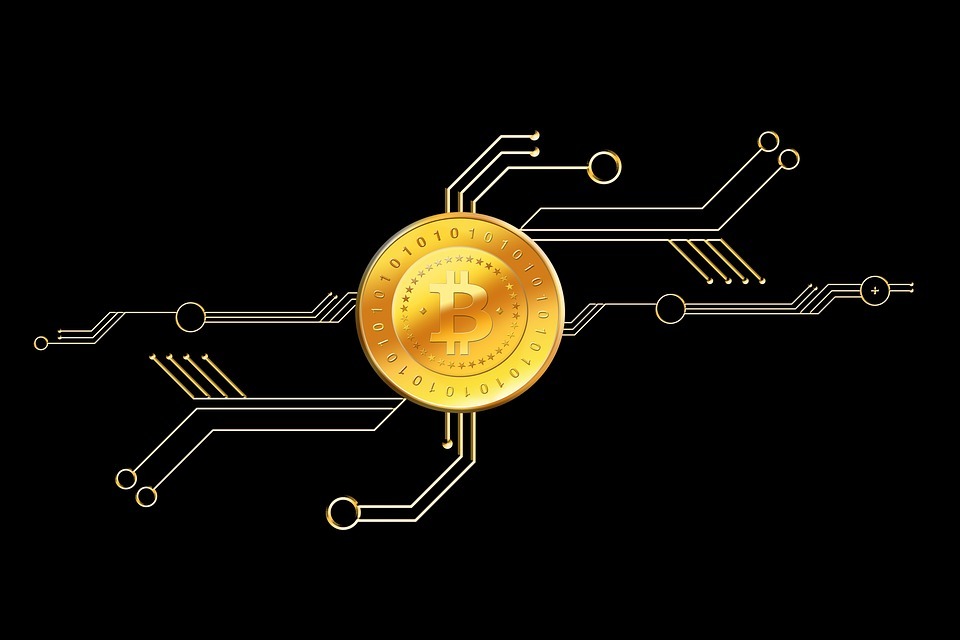Do you know that you can generate wealth with cryptocurrencies? Do you know the methods or ways through which you can make money? Three main ways can help you make money out of cryptocurrencies: trading, investing, and mining. Talking about the mining process, it is a technical process and requires technical knowledge and understanding of high processing computers and other equipment required to mine cryptocurrencies. Mining bitcoin is one of the easiest ways for people to make money with cryptocurrencies instead of investing or trading. But if you want to trade bitcoin, then you can choose the best platform to trade bitcoin effectively .
Let’s now talk about the terms trading and investing. These terms are used interchangeably in the crypto space. However, there are multiple differences between these two, and it is crucial to understand them and choose according to your financial growth. There are five main key differences between bitcoin trading and investing, and here in this article, we will learn these differences in detail.
Analysis Type
One of the most important differences between bitcoin traders and investors is the analysis type that these groups undertake. Investors are the ones who bet on the high value of the coin for the long-term, and fundamental is the core constituent that helps in evaluating the potential and feasibility of bitcoin or other crypto coins. Investors mainly focus on fundamental analysis to evaluate the price of coins.
On the other hand, traders are more concerned with predicting the market position and price direction of any coin, and therefore they often do technical analysis. Technical analysis is a key weapon that most traders use to predict the future price based on its historical price data by utilizing charting tools and price indicators. If we see price movements in the short term, they are unpredictable, so most traders use technical analysis.
Investment period
Investors usually go long-term as they expect that bitcoin’s or other coin’s price increase at a rapid pace in the long run, and also investors are never impressed with short-term movements in price. Investors always aim to sell their coins after holding them for a couple of years. Additionally, investors believe that cryptocurrencies and blockchain technology are relatively new, and they may take few years to replace traditional currencies or systems and gain adoption in the mainstream. The market cycles in the bitcoin market are shorter than the stock market, which means that it may take many years for a bear or bull trend in the stock market, but it will take only a short time in the crypto market.
Traders always go for the short-term horizon by keeping the emphasis on short-term price movements. Traders are mainly concerned with daily or hourly price movement in any coin and engage themselves in buying and selling coins with perspective to earn short-term profits. The only goal of traders is to invest in a coin when its price is low and sell it when its price gets higher, and it may happen in an hour or few or days. There are four different traders: day traders, swing traders, scalpers, and momentum traders.
Risk appetite
Risk appetite and risk profile are the same terms used interchangeably. The term risk appetite refers to the risk level that you are willing or comfortable to take. Before you invest or trade your hard-earned money, it is important to understand or estimate the risk you are willing to take. Risk is related to the returns on crypto investment. It is a fact that all cryptocurrencies make risky investments and especially bitcoin, as its market is volatile and there are wild price fluctuations in the market. Investors or traders need to understand the rewards that are associated with risks that you are undertaking. This way is referred to as a risk-reward tradeoff.
If you have already invested in the crypto market, you are risk-takers, as cryptocurrencies are the riskiest investments. Investors are known as risk-averse as they prefer to leave their investments for a long time instead of concerning price volatility daily. On the other hand, traders are the real risk-takers as they take the huge risk of opening and closing the trade for minutes, hours, days, or weeks by considering the price movements and volatility of the market.

